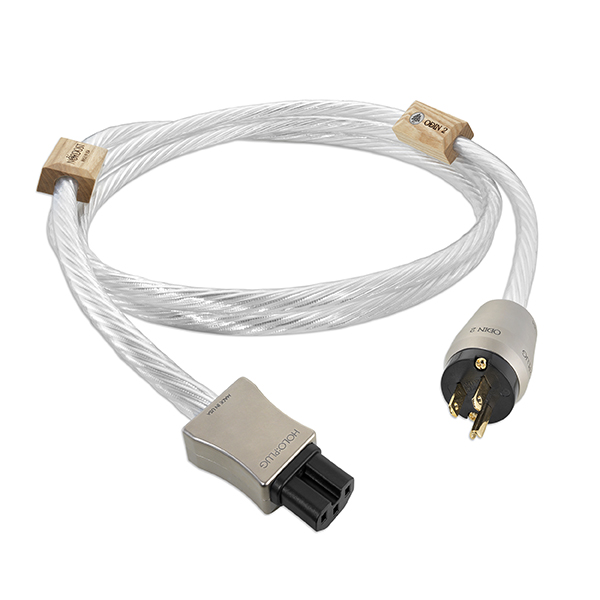D
Deleted member 188516
Guest
Hi,
The changes heard will be the placebo effect. Whenever people are asked to do a blind test, they always say they need to see the change (which cable) for them to re-affirm their subjective opinion. If you did a blind test, you will not have been able to determine the difference.
Many subjectivists state that they are immune to the placebo effect.
The reason no one responded to the cable thread is because it has been done many times - it causes vociferous arguments.
I have tried everything - bi-wiring, expensive interconnects, the green pen on the side of a CD, and no difference what so ever.
I designed and built my own DAC - and no different to the Cambridge Audio DVD player i have (which has excellent DAC IC's).
Regards,
Shadders.
the thing about blind tests though is i have seen posts where people state such tests hide the differences, real or imagined, when hardware such as amplifiers are compared !
another view, that was regularly posted on this forum, was that all solid state amplifiers, if level matched, sounded the same. it was a member on the mk1 version of this forum which i believe used to be an ex hifi salesman i think he claimed. the cable test thread i mention was specifically pointing out the test described mid video as regards to hooking 2 different speaker cables up to the same system, playing a mono recording, and switching back and forth via the amplifiers balance control to monitor the difference(s).


